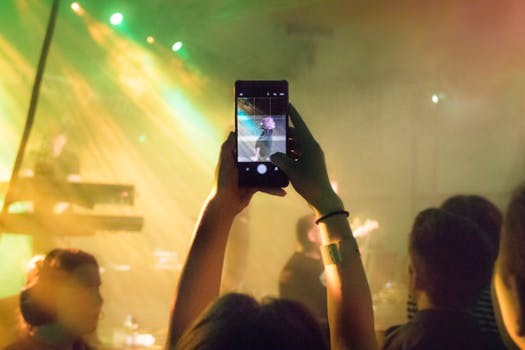The fascinating world of Event Security continues to present numerous challenges for security leaders protecting the vertical. The integration of technology platforms along with the overall fan experience is what fuels today’s multi-billion dollar juggernaut known as sports and entertainment.
Furthermore, AI, biometrics, facial recognition, robotics and IoT is where the industry is heading. Prime terrorist strike points, i.e. bottlenecks and chokepoints in densely populated areas containing large groups of people has garnered increased attention. It’s also important to understand the science of crowd control, spacing, crowd demographics, responsible social media monitoring, real-time intelligence gathering, aerial assaults, threat and behavioral analysis, workplace violence and insider threats for properly safeguarding today’s stadiums, venues, and arenas.
Equally concerning is the egress-exit of patrons as they leave a particular venue as we saw at the Manchester Arena-Ariana Grande Concert, with the emergence of a suicide bomber. When panic sets in, a stampede could ensue causing patrons to be trampled to death. Staff should be well trained with leading patrons to safety during times of crisis. Post Las Vegas, the industry would be well served increasing its focus on exterior perimeters, mass transportation hubs and potential aerial assaults as stadiums flow into/out of entertainment zones. The Hospitality and Tourism Industry with hotels such as Mandalay Bay, now come into play as areas-spaces of concern.
The question then begs: exactly how far out do we extend exterior perimeters?
Most assuredly, fans want and crave an amazing game day fan experience. The balance comes with guest services creating this amazing experience, in real time, without security staff-law enforcement becoming overzealous and creating a police state. Staff should be well versed in verbal de-escalation skills, treating fans with dignity and respect by offering a warm friendly greeting as fans enter the venue. Security can establish eye contact and start a conversation which can assist with assessing human behavior/mindset. Pre-attack indicators, threat and behavioral analysis-intelligence gathering and aligning the organization with government resources-JTTF-Joint Terrorism Task Force, U.S.Marshalls, FBI, DHS, FEMA, etc. bodes well for ownership groups looking to protect the company brand while keeping fans safe and secure.
The potential litigation for not taking proactive measures could cause financial hardship for the organization. In essence, the aspect of Security becomes a shared responsibility as we no longer work in silos. Stakeholder buy-in is paramount in these endeavors. Security must be viewed holistically, with a wide-angle lens. Continuity, resiliency, and crisis communications are the key buzzwords in today’s business environment.
Cybersecurity threats come into play with safeguarding employee, performer, artist, and patron personal/sensitive information. Errant drones, in particular, ones that can potentially disperse chemical, biological and radiological agents are quite concerning, especially in open-ended stadia. Our work continues on a daily basis. Thank You.
